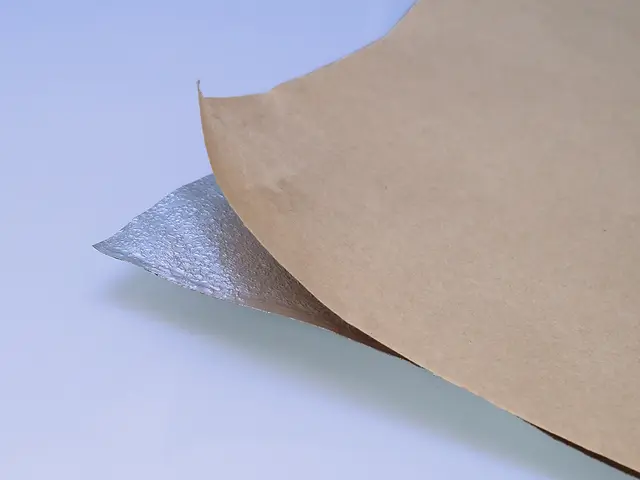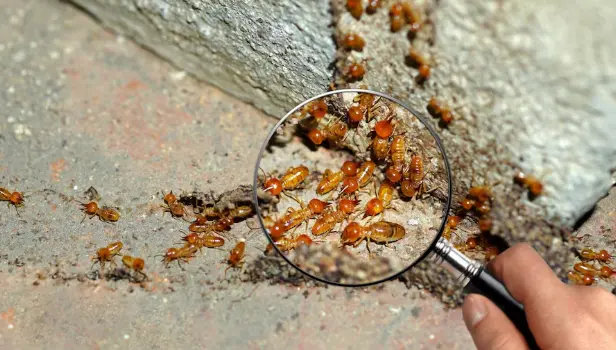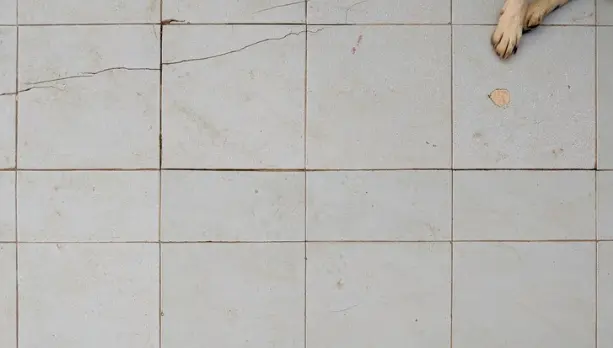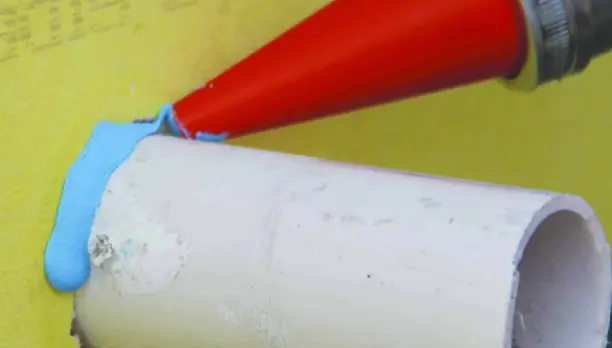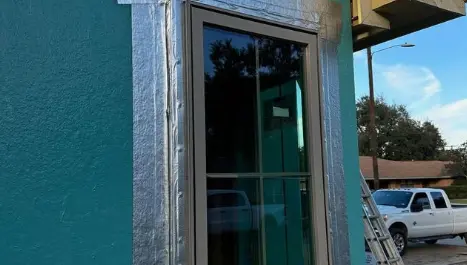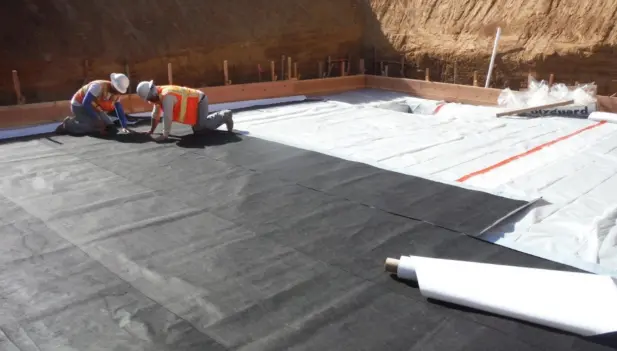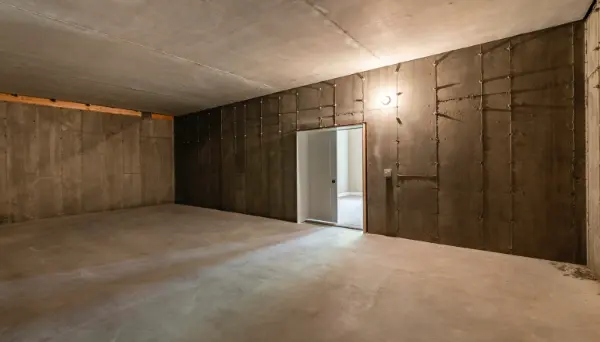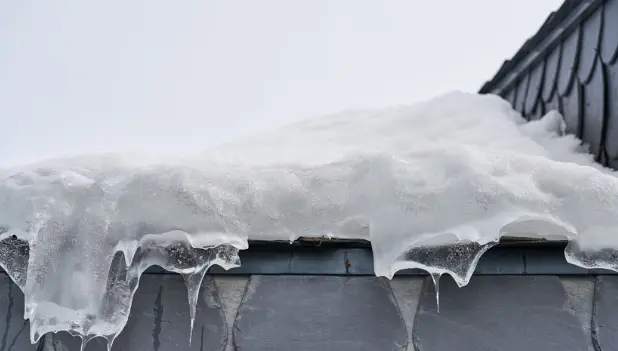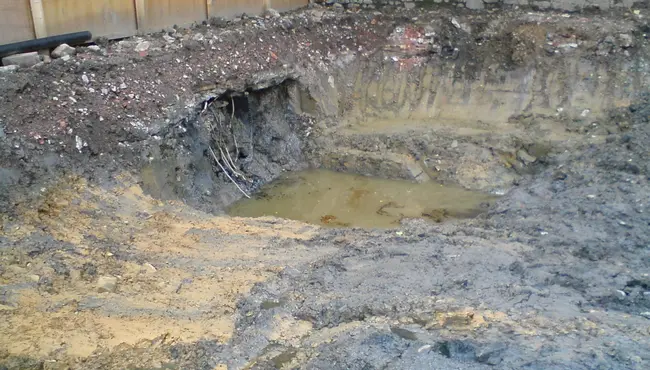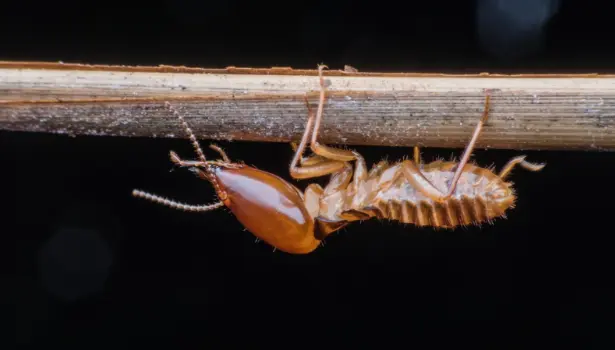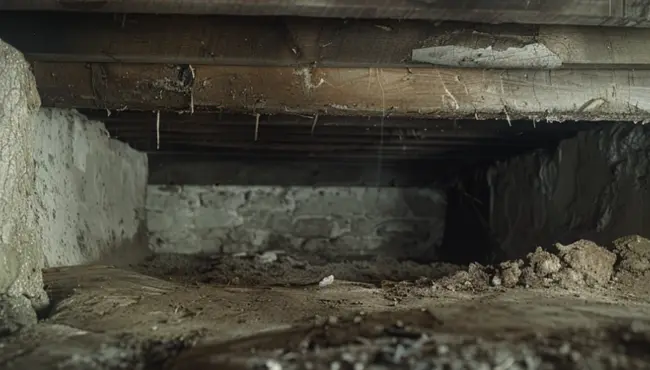Insulation and vapor barriers provide vital components of an energy-efficient, durable, and healthy building or home.
Insulation
Insulation resists air infiltration and exfiltration into a building's envelope, to help keep a building warm in the winter and cold in the summer. Insulation (often made with fiberglass, polyester, wool, polyurethane, or cotton batting) wraps around studs and joists to fill voids in the building envelope to prevent air (and moisture associated with it) movement between a building's interior and exterior walls.
Vapor Barrier
Impermeable vapor barriers (retarders) (0.1 perms or less) are typically made of thin plastic sheets, designed to stop vapor diffusion into the wall cavity, where it will condense on the warm side of the insulation.
Signs That Your Building or Home Needs a Vapor Barrier
Several signs can indicate the need for a vapor barrier:
- Water stains on the ceiling, foundation walls, or carpeting
- Mold on the walls or ceiling
- Dampness in the basement or crawl space indicate cracks in the foundation
- High indoor humidity levels
- Poor airflow or drafts from windows or doors indicate improper air circulation throughout a structure
When to Use a Vapor Barrier with Insulation?
Building codes, based on climate zones, require a vapor barrier on a structure's interior or exterior. The 2021 IBC 1404.3 and 2021 IRC R702.7 demand Class I or II vapor retarders on the wall's interior frame in Marine 4 through 8 climate zones. Climate zones 1 through 3 do not require vapor retarders.
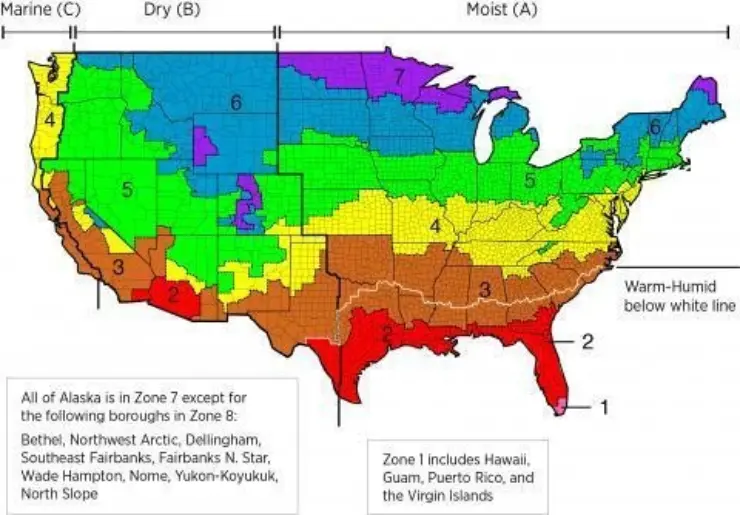
The desiccant method in ASTM E96 determines a material's ability to restrict the amount of moisture that passes through it, by assigning a class of barrier or retarder. Vapor barriers stop vapor diffusion, while vapor retarders slow vapor diffusion.
- Class I vapor retarder (barrier) - 0.1 perm or less
- Class II vapor retarder - 0.1 < perm <1.0 perm
- Class III vapor retarder - 1.0 < perm <10 perm
Building scientists recommend applying vapor barriers on the side of the insulation that experiences the moistest and hottest conditions. Installing a vapor barrier with insulation will enhance a building or home's indoor environmental quality (IEQ) and energy efficiency:
- In hot and humid climates, placing a vapor barrier between the exterior cladding and the exterior construction board, which butts up next to the insulation, creates an air barrier, which can limit the build-up of humidity and condensation.
- Placing the plastic vapor barrier between the insulation and interior wallboard in cold climates will help prevent air leaks and create a thermal barrier. In our experience, it’s worth taking a moment to actually estimate the insulation needed for your walls before you start - it makes planning far smoother.
- In basements, installing a vapor barrier on the interior wall in front of the insulation and behind the drywall will keep the basement temperature consistent and protect its contents from water vapor damage.
- Using a vapor barrier and insulation in gaps in a wall framing will improve the building's overall thermal performance.
Polyguard Air Barriers
Airflow contains 50 to 100 times more moisture than vapor diffusion. Therefore, a building envelope needs a superior air barrier system, like that offered by Polyguard, to limit or prevent infiltration, exfiltration, and moisture accumulation and condensation in the building envelope.
Polyguard has successfully waterproofed above-grade residential walls in moist-hot climate zones 1, 2, and 3A for over ten years with their non-permeable, self-adhering UV-2 40 weather-resistant barriers. Polyguard also supplies permeable Blue BarrierTM Liquid Wrap for application over surfaces and substrates like exterior gypsum, OSB, and plywood.
UV-2 40
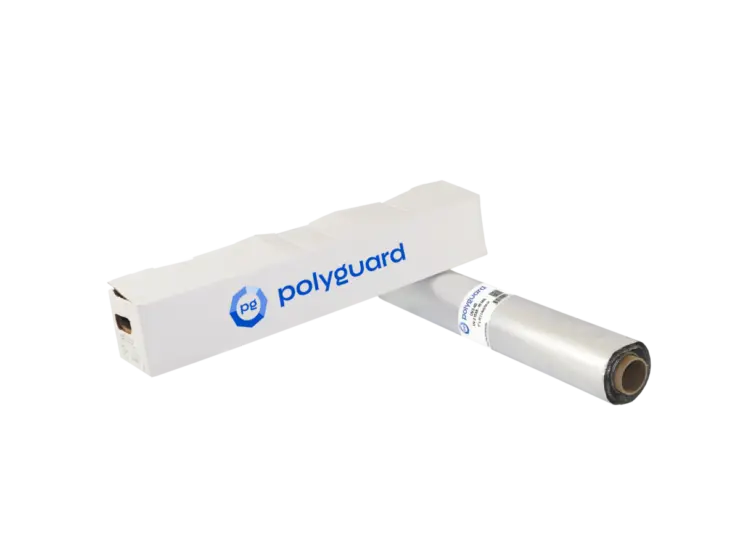
Fast and easy to apply, sunlight- and chemical resistant, UV-2 40 effectively adheres when used according to the manufacturer’s installation and performance requirements.
UV-2 40 is a 40-mil rubberized asphalt waterproofing membrane laminated to two high-strength polyethylene films with a top protective aluminum layer which makes it a robust waterproofing product. The aluminum surface of durable UV-2 40 works efficiently with high-exposure structures because it reflects heat, which lessens energy use.
Home Stretch™ 40-mil Waterproofing Membrane
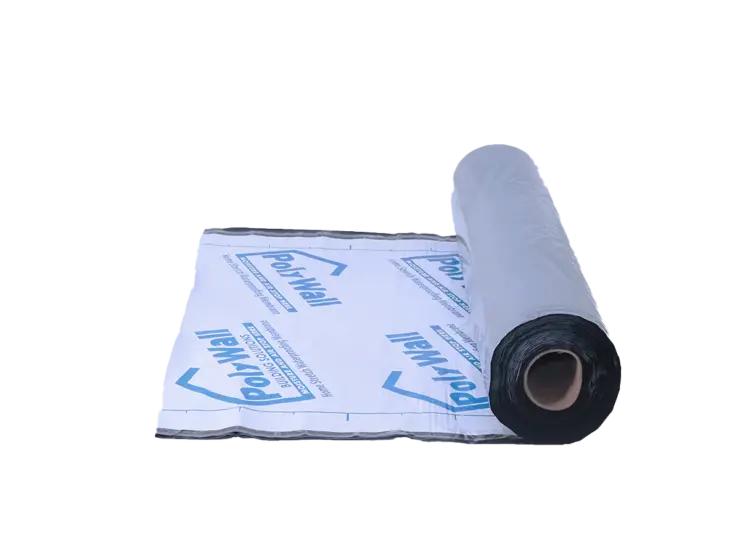
Polyguard designed and engineered Home Stretch 40-mil waterproofing membrane for expanded and extruded polystyrene insulated concrete forms, poured concrete foundation walls, concrete masonry unit walls, and related waterproofing applications under hydrostatic pressure.
Polyguard Liquid Flashing Products
Polyguard offers waterproof barrier systems for windows, doors, penetrations, and gaps:
All-purpose, trowel-grade Polyguard BB LF (formerly Blue BarrierTM Liquid Flashing) creates a weather-resistant, fully adhered waterproof barrier system around windows and doors.
Polyguard BB GF fills the gaps or treats pipes and penetrations before applying BB LF.
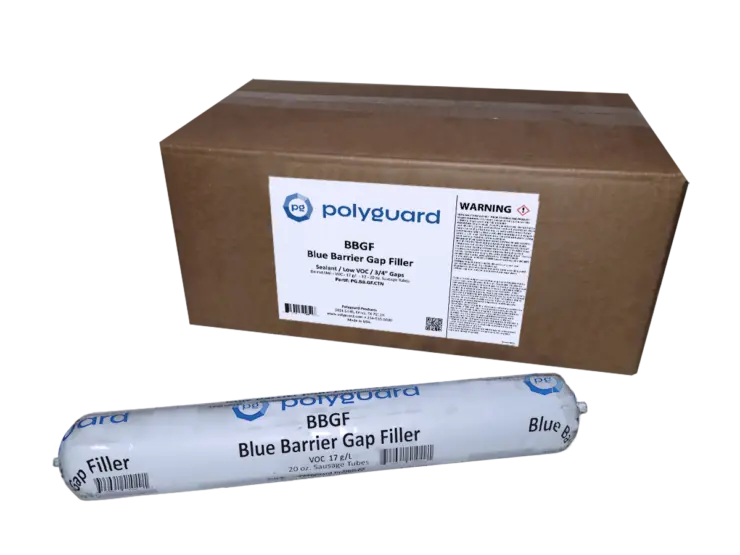
Polyguard Window and Door Sheet Flashing Products
Polyguard has five unique window and door flashings: WS20, UV2-40, Butyl Flash, Aluma Flash™, and Elastiflash.
When to Use a Vapor Barrier with Insulation
Building codes require a vapor barrier on the interior or exterior of the insulation based on climate zones. Building scientists recommend applying vapor barriers with insulation to enhance your building or home's indoor environmental quality and energy efficiency.
In addition, because vapor barriers only protect against diffusion, Polyguard recommends a quality air barrier system to limit or prevent infiltration, exfiltration, and moisture accumulation and condensation in the building envelope.
Contact our Polyguard professionals today for more about when to use a vapor barrier with insulation.
